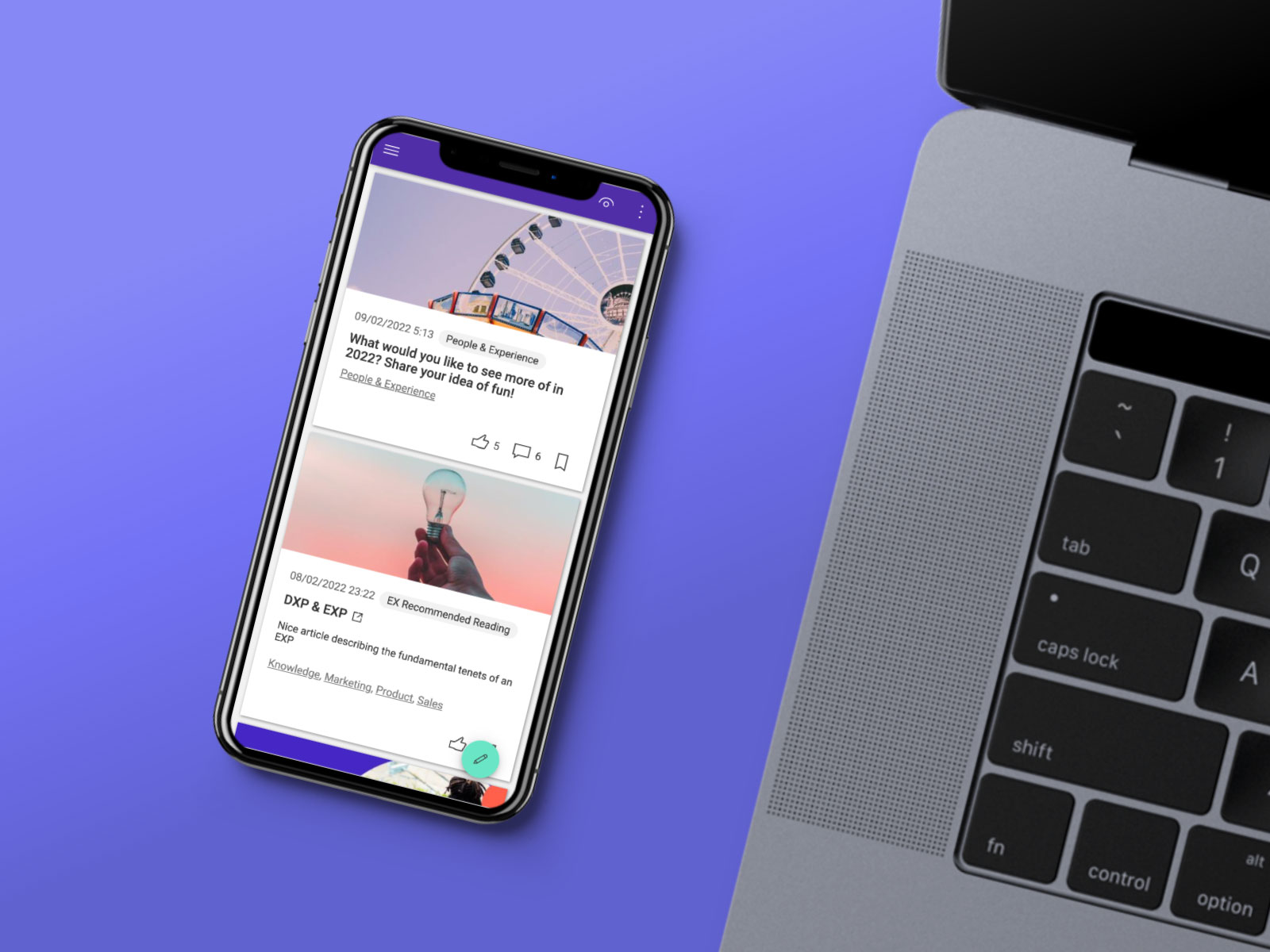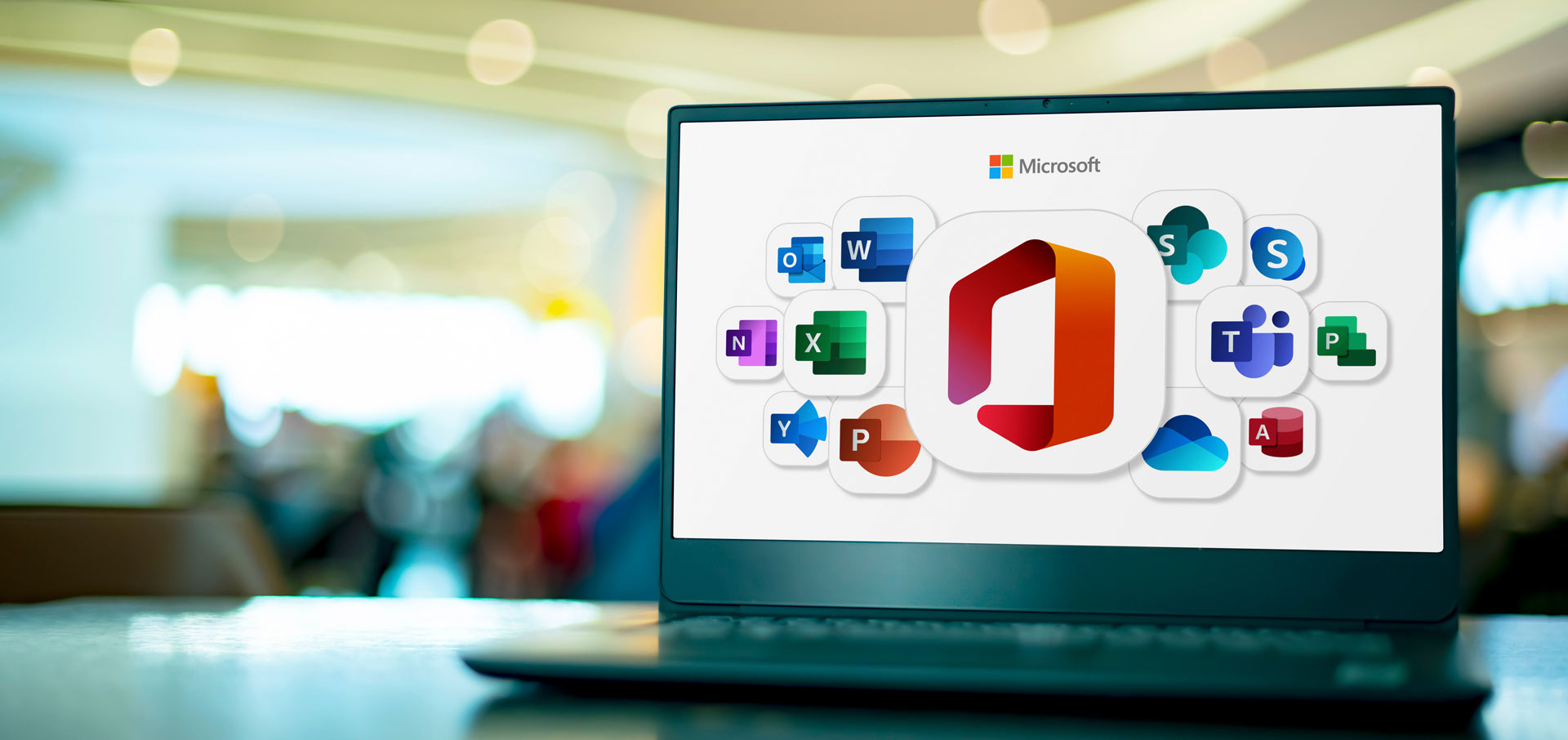Making The Most Out Of Employee Check-Ins
Nearly two years into the COVID-19 pandemic, it is clear that the new work dynamics are having profound consequences for employee experience. And as unprecedented conditions drag on, more employees are feeling disconnected with their work, leaders, and company culture.
Findings from the first LiveTiles Global Employee Experience Pulse Check 2021 show how interactions between employees and employers plunged amid the pandemic. Results consistently reveal that high proportions of employees are stressed, disconnected, and dissatisfied. For example, 43% of 7,000 employees in seven countries surveyed have issues with feeling ignored and invisible.
More troubling is the fact that younger workers are feeling disenchanted, disengaged, and excluded because of weaker team connections. According to the same survey, only 18% of 24- to 35-year-olds fully agree they feel valued at work, and 80% are not satisfied with their connection to their workplace’s organizational culture.
Why Do Check-ins Matter?
A recent Harvard Business Review article emphasized how the element of connection has the greatest power to boost workplace engagement in any company. Here is where regular check-ins help build strong relationships between leaders and employees and foster a culture that’s centered on transparency and support.
Empathetic leadership is key to effective communication in the workplace. Leaders should go beyond constantly monitoring how employees reach their goals at work. Instead, they must get to know their employees on a more authentic, human level.
In his “Let’s Connect” event with LiveTiles, bestselling author Simon Sinek pointed out that leaders must actively listen to the needs and concerns of employees so they can build trust and cultivate a sense of belonging in the workplace.
“There’s an opportunity to teach the skills of leadership, things like listening and empathy, how to have an effective confrontation, how to give and receive feedback, how to have difficult conversations, how to check-in. These are all skills,” he said.
“And when you find that you have robust leadership training, middle management is much better equipped to make people feel like they’re a part of something and feel included, seen, heard, and understood. Because they are!”
What Can Leaders Do To Better Connect With Their Employees?
Here are some steps that leaders can take to achieve meaningful check-ins with employees.
Be Prepared
Plan ahead and let the employee participate in deciding what to talk about during the one-on-one meeting. Keep it short and be clear about expectations. Build rapport by taking a few minutes to talk about things that are unrelated to work.
Facilitate A More Candid Check-In
Be inquisitive and understand the employee on a more personal level. Instead of just asking how the employee is doing, ask more specific questions like “How are you holding up mentally and emotionally?” or “What is the biggest challenge you are facing working from home?” Find out how employees are coping and taking care of themselves during the pandemic.
Make Your Employee Feel That Checking-in Is About Collaboration
Find out what you can specifically do for employees to help them succeed at work. Ask them, “Where do you need support?” Let them know that it’s about working together to make work more enjoyable and productive.
Be Present
Spend more time listening and less time talking. Remove anything that may cause distractions during the check-in. This way, you’ll make your employee feel that you are paying close attention and that you care about them.
Create A Safe Space To Share Concerns
Ask employees about their priority projects and what they are most uncertain about at work. Be open and honest, so that you can be someone they can trust to share their struggles and work-related issues. Maximize opportunities to keep them updated about the organization’s direction, strategy, and goals.
Leaders can turn check-ins into powerful conversations that strengthen workplace relationships. Real, effective check-ins provide meaning in the work by empowering employees to make connections that are built on mutual honesty, respect, and trust.








